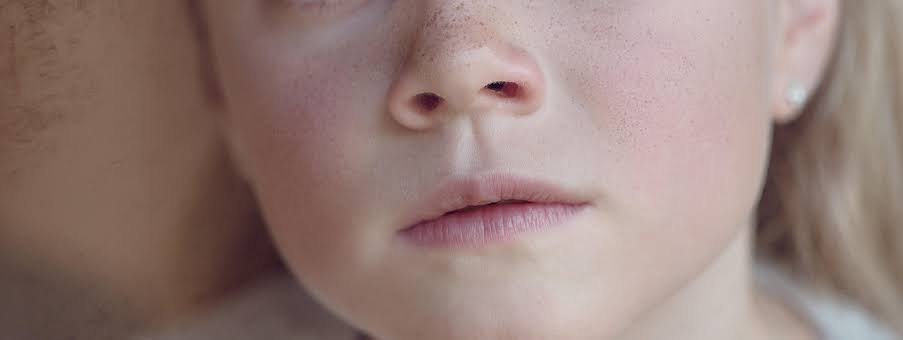Waking up or suddenly noticing yellow liquid dripping from your nose can feel strange—and sometimes scary. Is it just a bad cold? A sinus infection? Or something worse?
Before you panic or scroll through pages of scary search results, stop. The color, texture, and timing of your nasal discharge can actually tell you a lot about what’s going on inside your body.
In this guide, we’ll explain the most common (and less common) reasons for yellow nasal drainage, what it could mean, and when to see a doctor. If your nose is leaking yellow fluid and you’re not sure what’s normal, this is the place to start.
What Does Yellow Liquid From the Nose Usually Mean?
Understanding the Color of Mucus
Mucus isn’t always clear—and that’s okay. It plays a key role in keeping your nose clean and trapping germs. But when it turns yellow, it usually means your body is fighting something off.
This yellow color often comes from white blood cells that have finished their job. It’s not always a sign of something serious, but it does mean your immune system is active.
Thin vs. Thick Yellow Discharge
- Thin yellow liquid: Might be postnasal drip, allergies, or the tail-end of a cold.
- Thick yellow mucus: Often linked to sinus infections or bacterial overgrowth.
Pay attention to how long it lasts, and whether it’s from one nostril or both.
Most Common Causes of Yellow Nasal Discharge
Sinus Infection (Sinusitis)
One of the top reasons for yellow nasal discharge is a sinus infection. This happens when your sinuses become inflamed and filled with fluid.
Common signs include:
- Pressure around your cheeks, eyes, or forehead
- Yellow or green mucus
- Headache
- Bad breath
- Cough that worsens at night
Acute sinusitis often clears up in 1–2 weeks, but chronic sinusitis may last 12 weeks or longer and need medical care.
Cold or Flu
During a viral cold, your mucus can start clear, then turn yellow or green as your body starts fighting the virus. This is usually not a reason to panic, but if it lasts more than 10 days, it could mean a bacterial infection has developed.
Allergies
Seasonal or indoor allergies can cause yellow drainage if the nose becomes irritated or inflamed for long periods. While allergy-related mucus is typically clear, it can change if there’s a secondary infection or if inflammation builds up.
Deviated Septum or Nasal Polyps
Structural issues inside your nose—like a deviated septum or nasal polyps—can block mucus from draining. This can lead to mucus buildup and make your nose more prone to infections. The result? Thicker yellow mucus, sometimes just from one side of the nose.
Rare But Serious: When Yellow Fluid Is a Red Flag
Cerebrospinal Fluid (CSF) Leak
Yes, it’s rare—but worth mentioning. In some cases, yellow or clear fluid leaking from the nose could be cerebrospinal fluid. This is the fluid that cushions your brain and spinal cord.
It can leak due to:
- A head injury
- Certain surgeries
- A spontaneous tear in the skull base
Red flags include:
- A sudden, steady drip of clear or yellow fluid
- Leakage from only one nostril
- Headache that worsens when standing
- A metallic or salty taste
If you suspect a CSF leak, go to the ER or see a neurologist immediately. This is not something to wait on.
How to Tell If You Need a Doctor
When It’s Probably Not Serious
If your yellow nose drip comes with cold or allergy symptoms and goes away within 7–10 days, it’s likely nothing major. Rest, fluids, and over-the-counter remedies may be all you need.
When You Should See a Specialist
You should contact a doctor if:
- Discharge lasts more than 10 days
- You feel facial pain or swelling
- You have a fever or severe headache
- Mucus smells bad or is very thick
- You’ve had multiple sinus infections in a short time
- Fluid leaks even when you’re not congested
An ENT (Ear, Nose & Throat) specialist can examine your sinuses and nasal passages for infection, blockages, or more serious causes.
Home Remedies That May Help
Saline Nasal Rinse
Using a saline spray or neti pot can help rinse out your nasal passages and reduce inflammation. Be sure to use sterile or distilled water—not tap water.
Steam and Hydration
Breathing in warm steam (like from a shower or humidifier) and drinking lots of fluids can thin out mucus and ease pressure in your sinuses.
Rest and Over-the-Counter Relief
Over-the-counter options like nasal decongestants, antihistamines, or ibuprofen may help reduce swelling and relieve pressure. Use sprays carefully—some can cause rebound congestion if used too long.
Conclusion: Don’t Panic—but Don’t Ignore It Either
If your nose is dripping yellow liquid, it’s not always cause for alarm. In most cases, it’s just your body dealing with a virus, allergies, or a mild infection.
But if that fluid lasts too long, comes with other strange symptoms, or only leaks from one side, it’s time to dig deeper. Catching the issue early could prevent bigger problems down the road.
Bottom line: When your nose starts leaking something that doesn’t feel right, don’t trust random search results. Trust your instincts—and talk to a medical professional if you’re unsure.





























